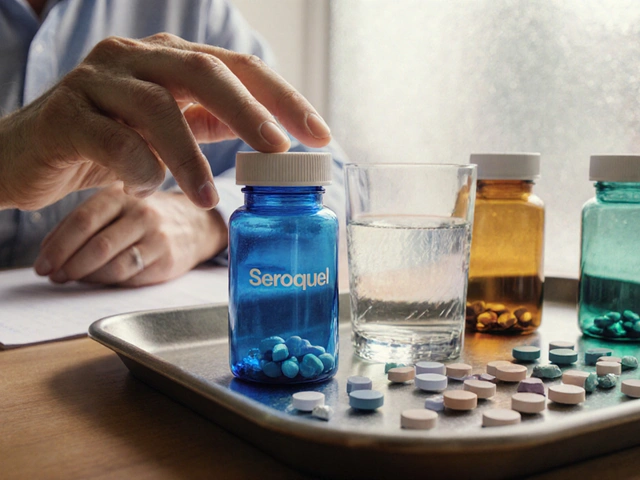Linezolid: What it treats, how to take it, and the safety tips you should know
Linezolid is a prescription antibiotic used when other drugs fail or bacteria are resistant. Doctors commonly pick it for serious Gram-positive infections like MRSA (methicillin-resistant Staph aureus), VRE (vancomycin-resistant Enterococcus), and some complicated skin or lung infections. It comes as tablets and IV, and the oral version works just as well as IV because of excellent absorption.
Dosage and how to take it
The usual adult dose is 600 mg every 12 hours. For most infections that’s given for 10 to 14 days, but your doctor will decide the length based on the infection. You can take linezolid with or without food. If you switch from IV to oral, you generally keep the same dose because oral linezolid reaches similar blood levels. No routine dose adjustment is required for kidney problems, but talk to your prescriber if you’re on dialysis.
Side effects and monitoring
Common side effects are nausea, diarrhea, headache, and a metallic taste. More serious problems can happen, especially with longer courses. Linezolid can lower blood counts — platelet drops and anemia are the most common lab issues. If you’re on treatment for more than two weeks, doctors often check a complete blood count (CBC) weekly.
Longer use (several weeks) increases risk of nerve damage: peripheral neuropathy (tingling, numbness) and optic neuropathy (vision changes). If you notice new numbness, weakness, or any vision trouble, stop the drug and contact your doctor right away.
Linezolid affects certain chemicals in the brain and can interact badly with some antidepressants. Taking it with SSRIs, SNRIs, or other serotonergic drugs can raise the risk of serotonin syndrome — signs include high fever, fast heartbeat, tremor, confusion, and stiff muscles. Your prescriber will weigh risks and may stop or change medicines to avoid this.
Because linezolid has weak MAOI activity, very high-tyramine foods can raise blood pressure in some people. Avoid lots of aged cheeses, cured meats, strong fermented products, and large amounts of tap (unpasteurized) beer while on treatment, especially for longer courses. Also be cautious with decongestants and other stimulants.
Use linezolid only when needed. It’s a valuable option against resistant bugs, so antibiotic stewardship matters — shorter effective courses reduce side effects and resistance. Finish the course unless your clinician tells you to stop, and report bleeding, severe diarrhea, fever, unexplained bruising, or vision changes right away.
If you’re pregnant, breastfeeding, or on multiple other meds, discuss risks with your clinician. They’ll check labs, review drug interactions, and pick the safest option for your situation. Linezolid can be lifesaving for tough infections when used carefully.

How to Buy Zyvox Online Safely: 2025 Guide and Trusted Sources
Cut through the confusion and get the facts on how to buy Zyvox safely online in 2025. Check out trusted sources, tips to avoid scams, and what you need to know before purchase.
Read More




